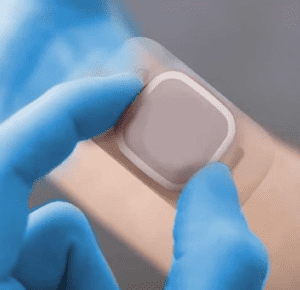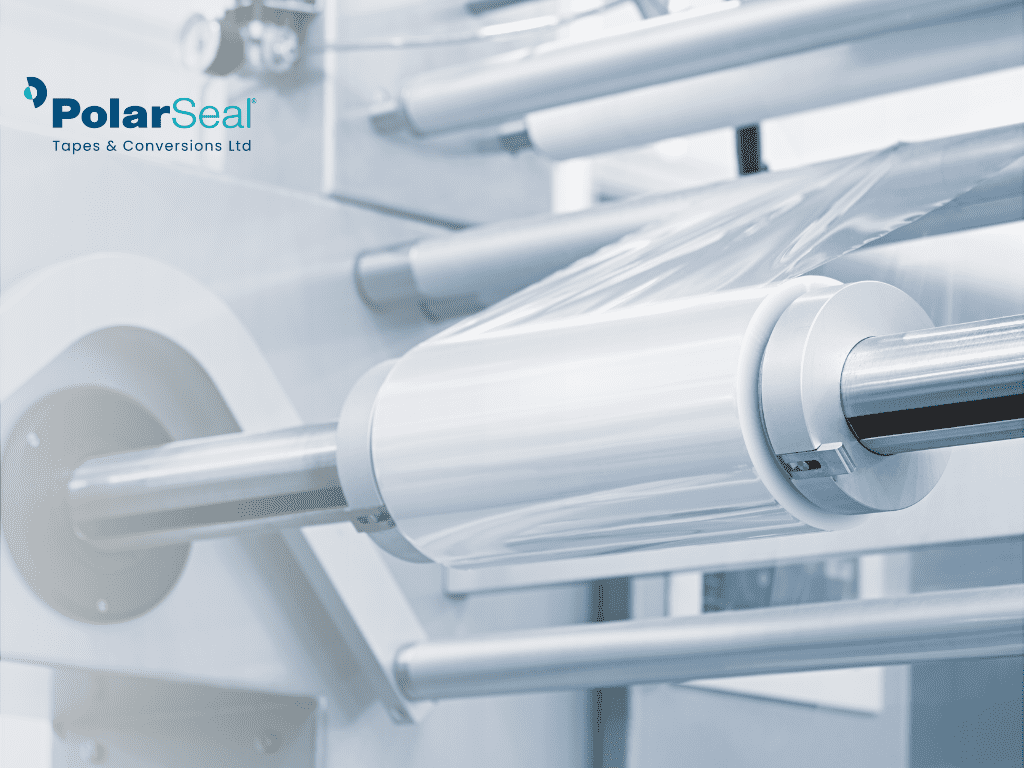The medical flexible material converter market is expected to grow significantly in 2023, driven by the increasing demand for non-invasive medical procedures and the development of new and innovative technologies. One of the key drivers of growth in the medical flexible converter market is the increasing demand for wearable medical devices, such as continuous glucose monitors and heart rate monitors. These devices are becoming more prevalent, and in 2022 NHS England announced the roll out of continuous glucose monitoring (CGM) for all Type 1 patients, the new policy is a huge advancement in Diabetes care and just one example of how the use of wearable medical technology is rapidly on the rise. To enable such advancements in patient care the materials and technologies used to develop healthcare devices are becoming more advanced, the drive for more sophisticated and accurate devices, is at the forefront of industry and the advancement of these technologies can greatly improve patient outcomes and quality of life.
Wearable medical devices are a rapidly growing segment of the healthcare industry, and are expected to see significant advancements in 2023. One major trend is the increasing sophistication of these devices. Advances in technology are enabling the development of wearable devices that can monitor a wide range of vital signs, including heart rate, blood pressure, and blood oxygen levels. In terms of design, there is a trend towards more discreet and comfortable wearables, such as patches and smart fabrics. They are designed to be worn for long periods of time, without causing discomfort or drawing attention to the device.
Another trend is the increasing use of artificial intelligence (AI) and machine learning in wearable medical devices. These technologies are being used to analyse data from the devices and make real-time decisions about patient care. For example, AI-powered devices are being used to monitor vital signs and alert healthcare providers if a patient’s condition deteriorates.
2023 is expected to see several exciting changes in the electromedical device market. One major trend is the increasing miniaturization of devices. Advances in technology are enabling the development of smaller, more portable devices that can be used in a variety of settings, there will be an increased focus on patient-centred designs and user-friendly interfaces, to allow patients to have more control over their treatment and help them to better understand their condition.
One major trend in the medical converting market is the increasing demand for advanced wound care products to support chronic wounds such as pressure ulcers and diabetic foot ulcers. This has led to a growing market for products such as wound dressings, negative pressure wound therapy systems, and tissue repair products.
The increasing use of non-invasive medical procedures, such as endoscopic surgery requires specialized medical devices and products. Advances in technology and new materials that are making it possible to create innovative new products, for example, the use of smart materials, such as electroactive polymers and shape-memory alloys, is expected to lead to the development of new products that can be controlled and adjusted remotely.
But why are medical device companies outsourcing their manufacturing? There are a number of reasons;
- Driving down costs: Outsourcing can help companies reduce costs associated with research and development, as they can take advantage of industry knowledge.
- Access to specialized expertise: Outsourcing can provide companies with access to specialized expertise and resources that they may not have in-house, such as any necessary regulatory guidance.
- Speed to market: Outsourcing can help companies bring products to market more quickly, as they can tap into the resources and expertise of external partners.
- Flexibility: Outsourcing can provide companies with more flexibility, as they can scale up or down their research and development efforts as needed.
- Focus on core business: Outsourcing can allow companies to focus on their core business activities, rather than diverting resources to research and development.
- Localised Manufacturing/ Global Warehousing: Secure supply chain management ensuring consistent supply.







